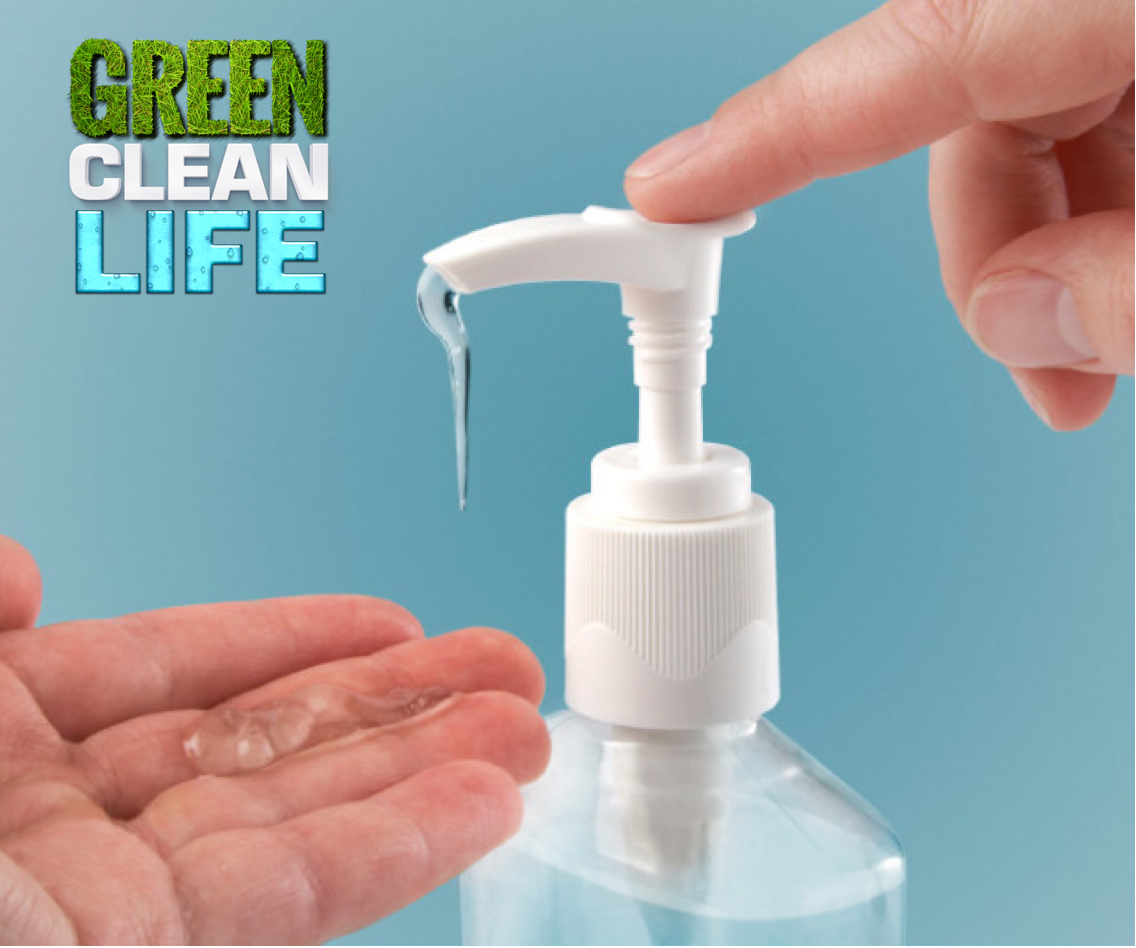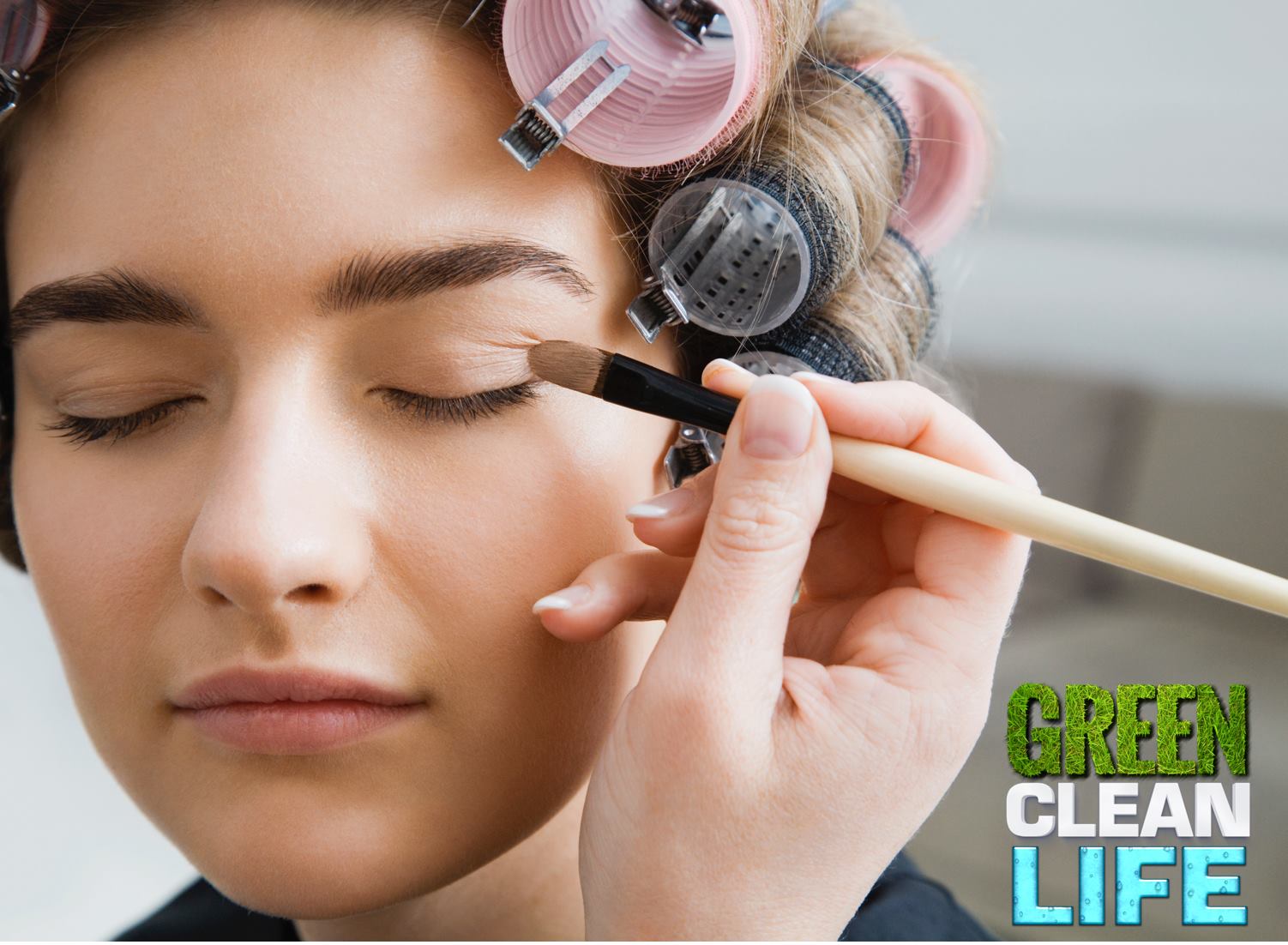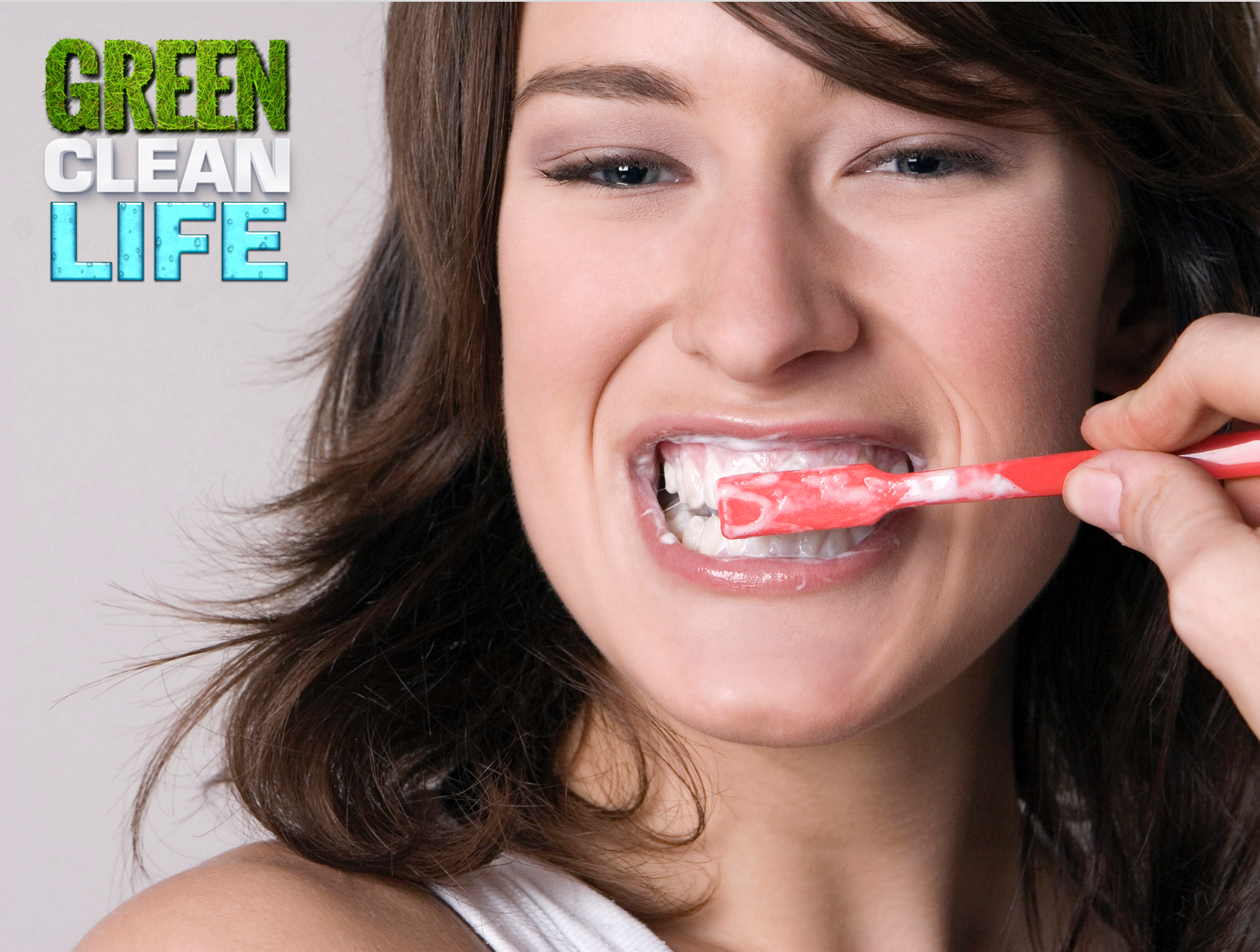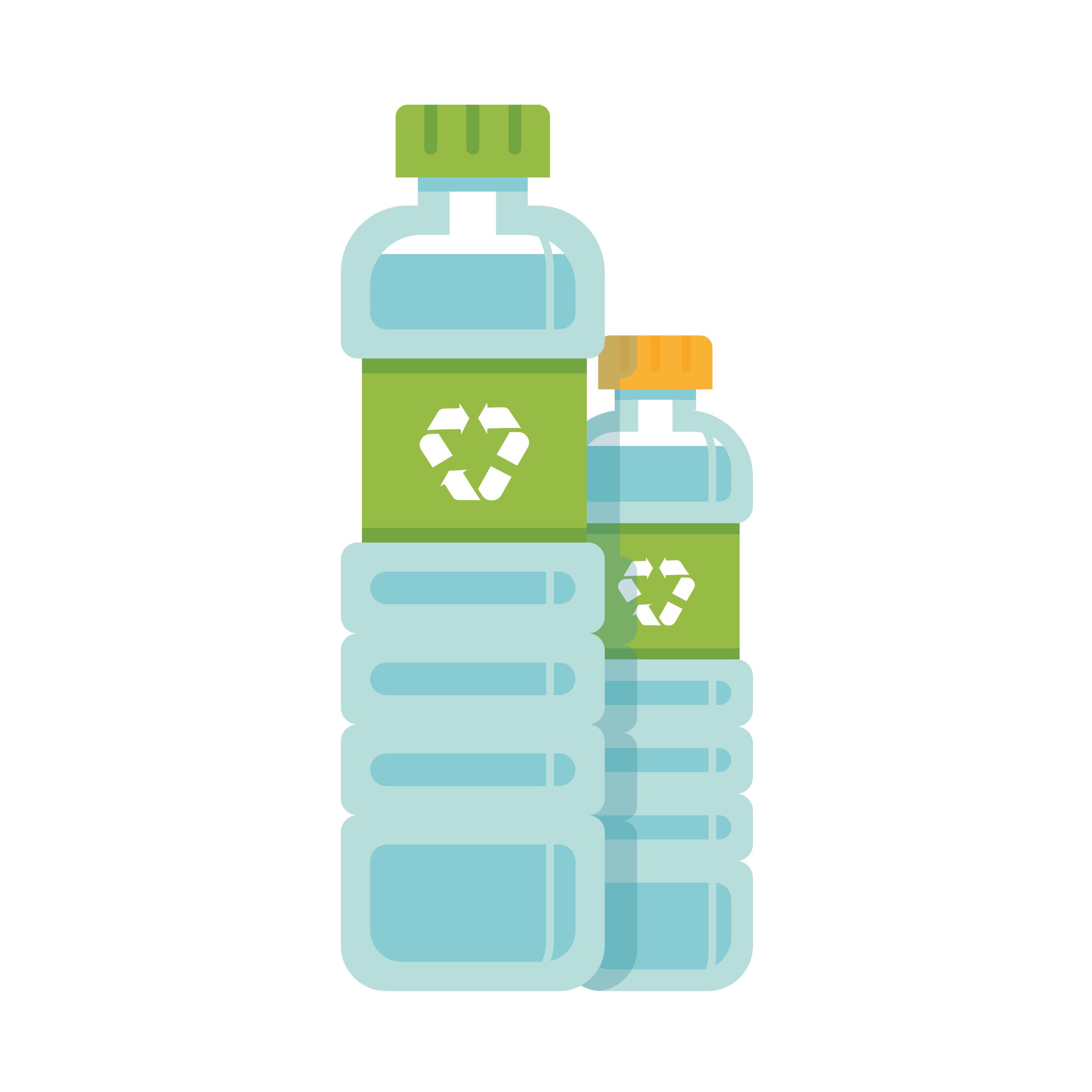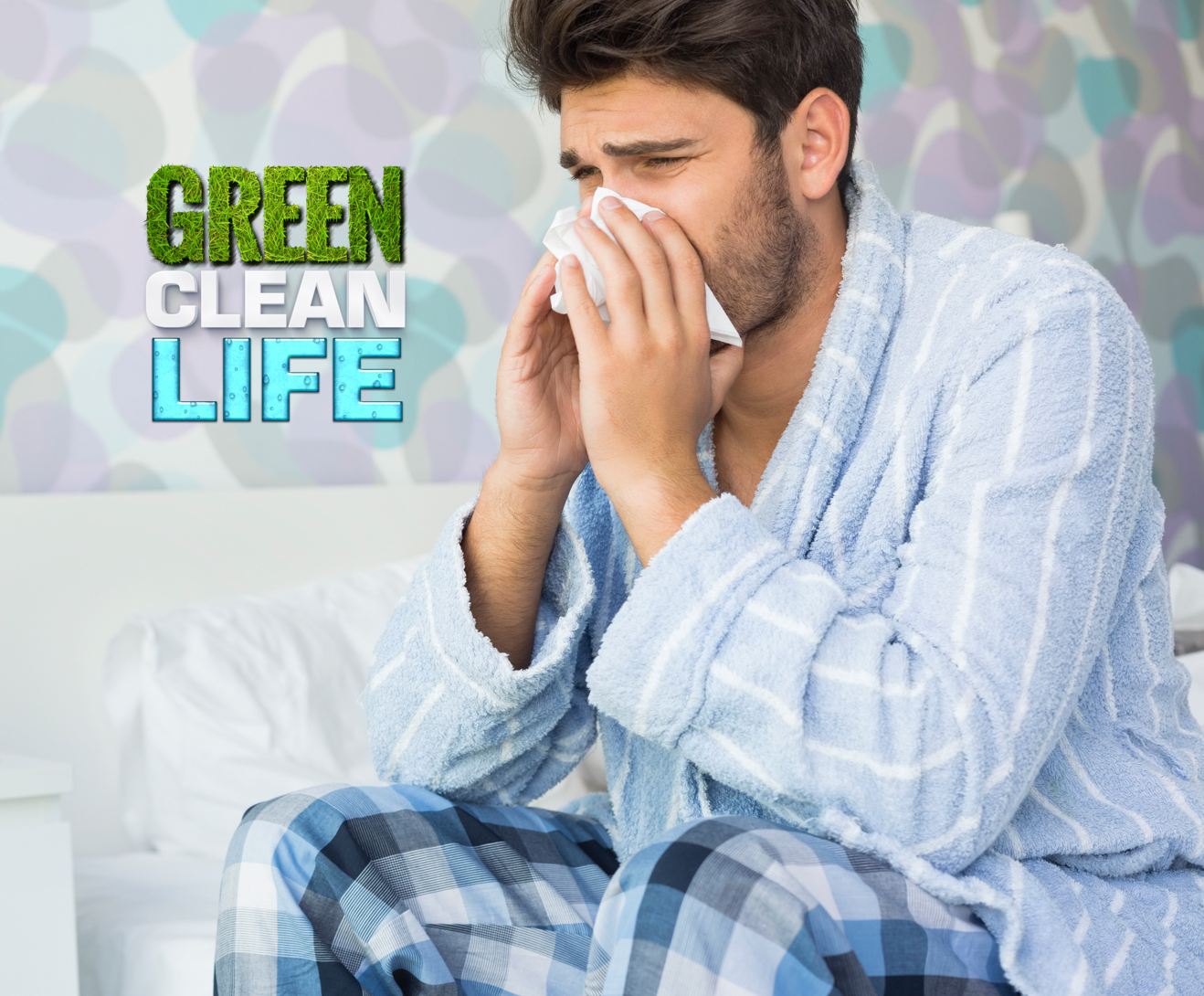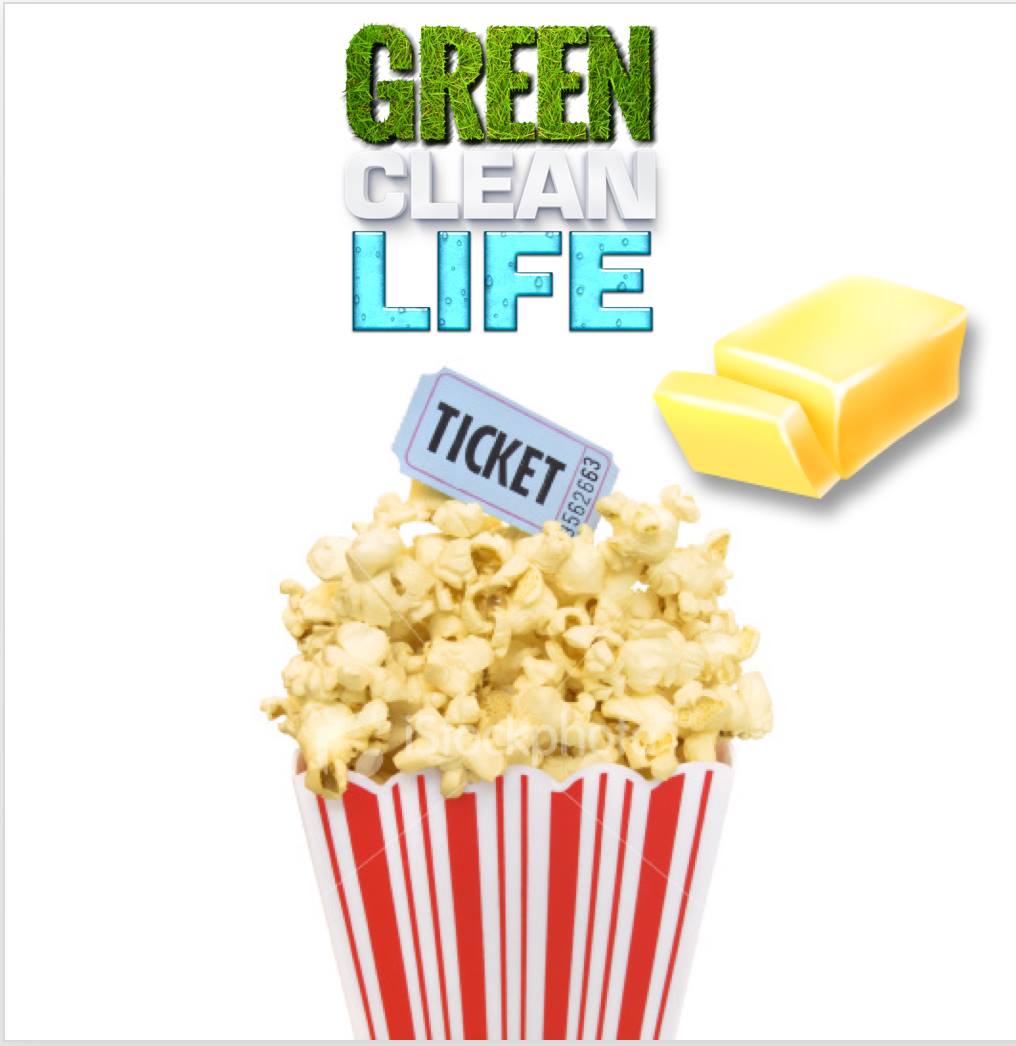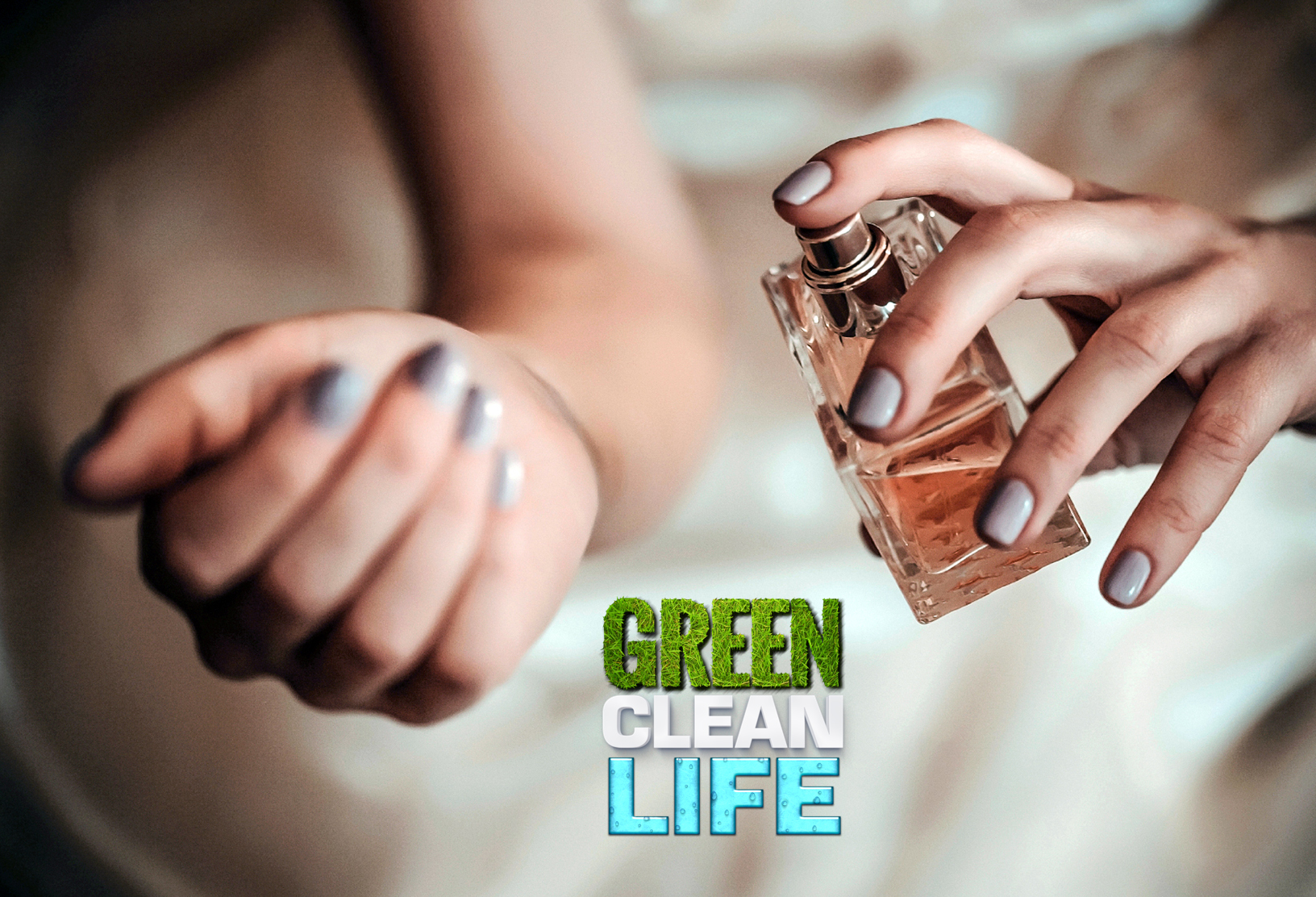Are you someone like me that has a bottle of hand sanitizer in his or her purse just in case? You can go to almost any public establishment now a days and find a sanitizer dispenser ready to drop a dollop of germ-killing power into your hands. Most schools even recommend it to our kids. Well I’m here to let you know that hand sanitizer is NOT all it’s cracked up to be. While the idea of stopping the spread of germs and viruses is appealing, it is no different at killing germs then your regular hot water and soap is. The “extra protection” sanitizer offers may actually be making you sick!
The antimicrobial compound you find in hand sanitizer is called TRICLOSAN. This is not a newly added chemical, it has been around and used for decades. TRICLOSAN is not only found in sanitizers, it can also be found in many types of toothpaste. While it does indeed kill germs, it also comes with risks. It has been linked to hormone problems including but not limited to; infertility and early puberty. When a study was conducted on mice that were exposed to TRICLOSAN they found that many had been shown to develop liver cancer. I bet you’re throwing away that bottle right about now.
People around the world are finally catching on, so in turn the manufacturers are switching up their germ-killing game. Most are slowly phasing out TRICLOSAN in favor of BENZALKONIUM CHLORIDE. I assure you this is NOT a good trade! BENZALKONIUM CHLORIDE and other related quaternary ammonia compounds are known respiratory irritants. They can affect anyone’s breathing, but especially exacerbate breathing for those suffering from asthma. Go through your home and office and make sure to throw your sanitizer in the trash!
Please join us at our next webinar and learn about the hidden dangers in your household products. Also, learn how to swap them out AFFORABLY and create a healthy environment for your family. Text 480-707-3859 to enter to win a FREE GIFT basket and to get the details for our next webinar!

